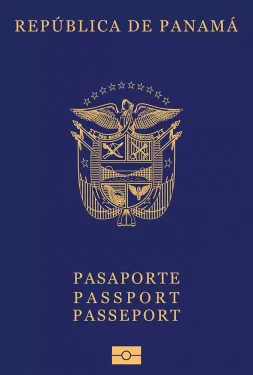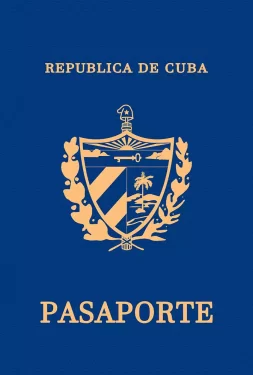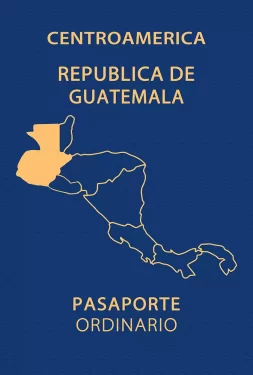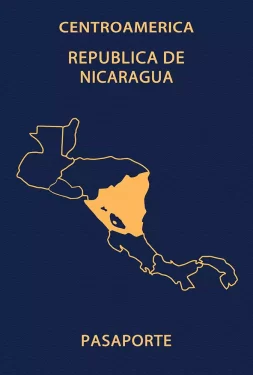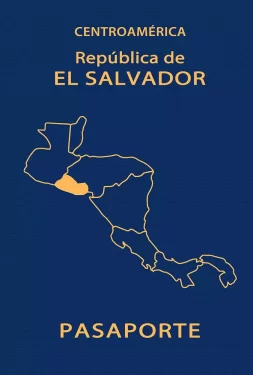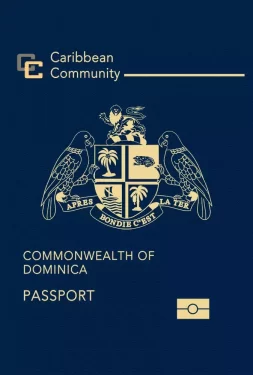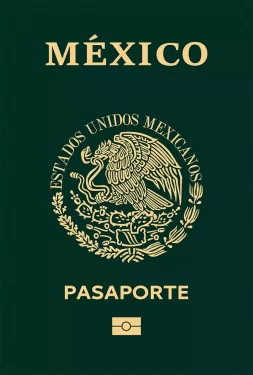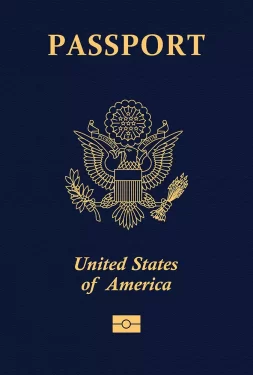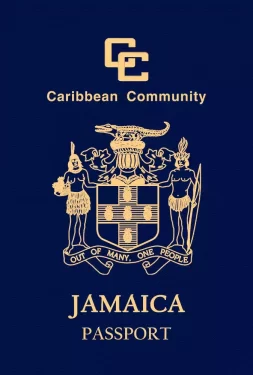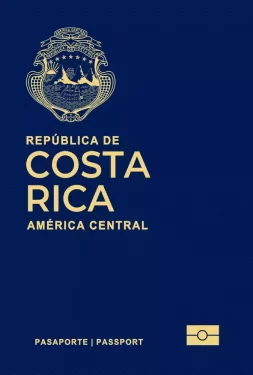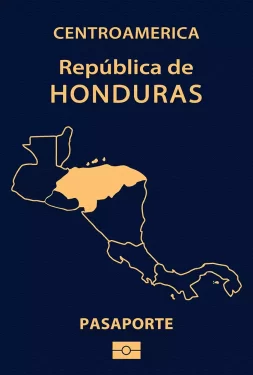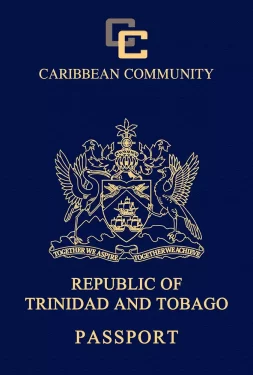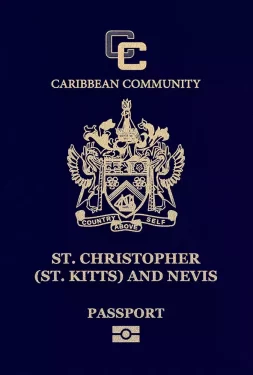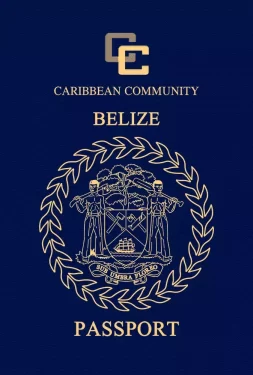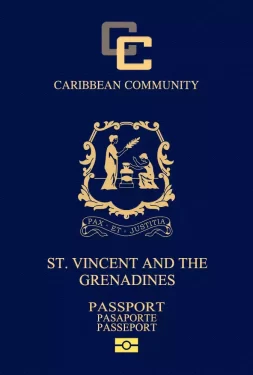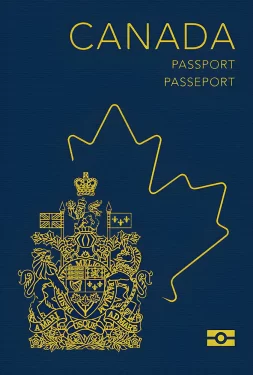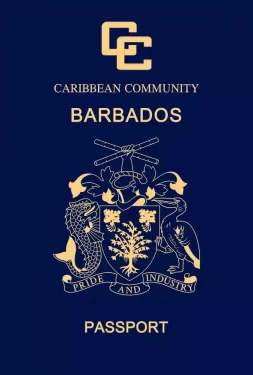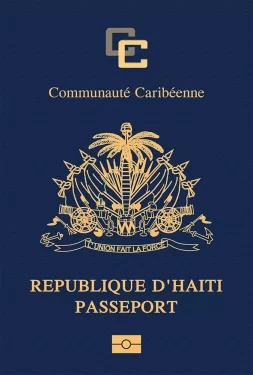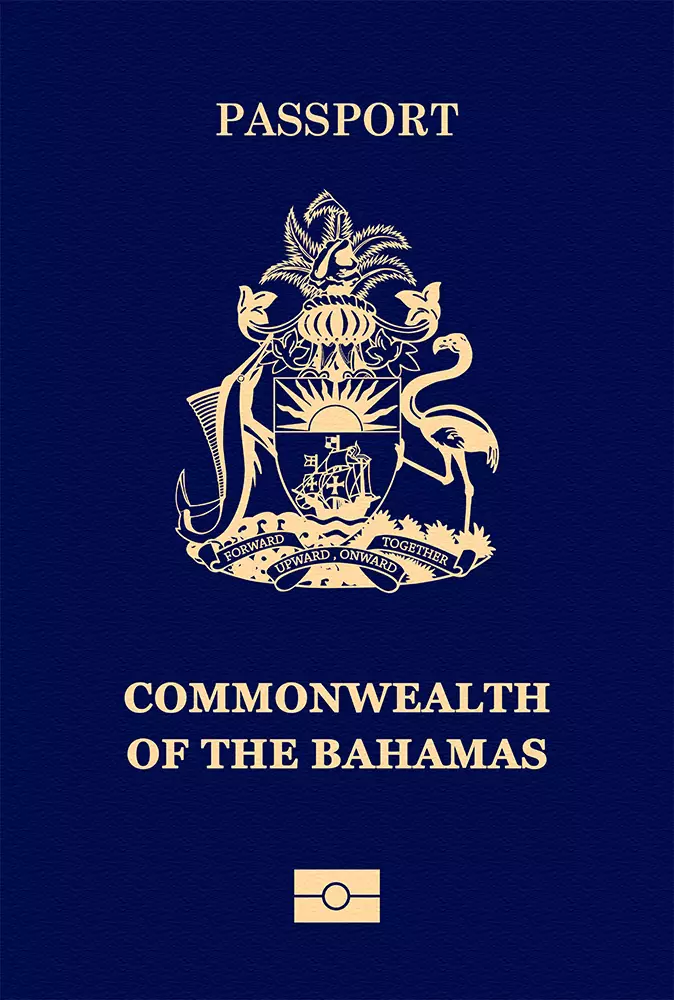
Bahamas
Bahamas passport ranking
The Bahamian passport is currently ranked 23rd place on the Guide Passport Index. It provides visa-free access to 157 countries. This grants it an overall high mobility score and makes it a desirable passport. Bahamian passport holders have visa-free access and visas on arrival to countries such as Singapore, United Kingdom, China and the entire European Union. This allows almost instant travel opportunities worldwide. Bahamian passport holders do however require a visa to enter about 72 destinations in the world. Some countries where a visa is required are Taiwan, the United States and Australia.
Bahamas Passport Ranking
The Bahamas passport ranking relative to other global passports is calculated by adding up the number of countries that allow Bahamas passport holders to enter without a visa (i.e. visa-free countries) and those that allow Bahamas passport holders to enter by obtaining a visa on arrival (i.e. visa-on-arrival countries) or electronic travel authorization (eTA). There are currently a total of 121 Bahamas passport visa-free countries, 31 Bahamas visa-on-arrival countries, and 5 eTA destinations.
Altogether, Bahamas passport holders can enter a total of 157 destinations—either without a visa, through a visa on arrival, or via an eTA. As a result, the Bahamas passport ranks 23 in the world.
Separate from these Bahamas visa-free countries and visa-on-arrival countries, there are 72 additional destinations in which Bahamas passport holders either need a physical visa to enter or an eVisa (i.e. visa required countries).
About Bahamas
The Commonwealth of the Bahamas is a former British colony consisting of 32 districts spread over 700 islands. The most important districts are New Providence, Grand Bahamas, and the Abaco Islands. The country is situated in the North Atlantic Ocean, northeast of Cuba and southeast of Florida. Its climate is tropical marine moderated by the Gulf Stream.
The overall population is 385,367 people. The capital of the country is Nassau, which is also the most populous city with 228,000 inhabitants. Other major cities are Lucaya and Freeport. The country’s largest airport is Lynden Pindling International Airport (NAS) with 3.2 million annual passengers. This makes it the 5th busiest airport in the Caribbean. The airport is named after the first prime minister of the Bahamas: Lynden Pindling. It provides access to destinations in the Caribbean, Europe, and the United States.
The Bahamian culture is dominated by the Creole culture. The majority of the population is protestant. The official language is English. The Creole language is spoken by Haitian immigrants. The Bahamas’ legal system is based on the English common law. The government form is a parliamentary democracy under a constitutional monarchy. The chef of the state is Queen Elizabeth II. The head of government is the elected Prime Minister Hubert Minnis.
The official currency is the Eastern Bahamian Dollar (BSD), which is permanently pegged to the USD at par. The Bahamas is the 20th largest economy in the Caribbean and Latin American countries. The country has an open economy, generating a GDP of approximately $14.1 billion. Its citizens have a per capita income of $33,494. The GDP is mostly made up of the services sector. Tourism and offshore banking contribute to the vast majority of the GDP and also employ more than half of the population.
The Bahamas is filled with a variety of urban and natural tourist attractions, making it one of the most popular destinations for tourists. It is known for its vast beaches and nature. Some of the major destinations include Atlantis Paradise Island, the capital Nassau, the Exuma Cays, Harbour Island, and Andros Island. Main tourist activities are fishing and watersports. The island nation has a total of approximately 7.25 million tourists visiting every year with the majority originating from North America and Europe and an especially strong cruise ship business for day visitors.
